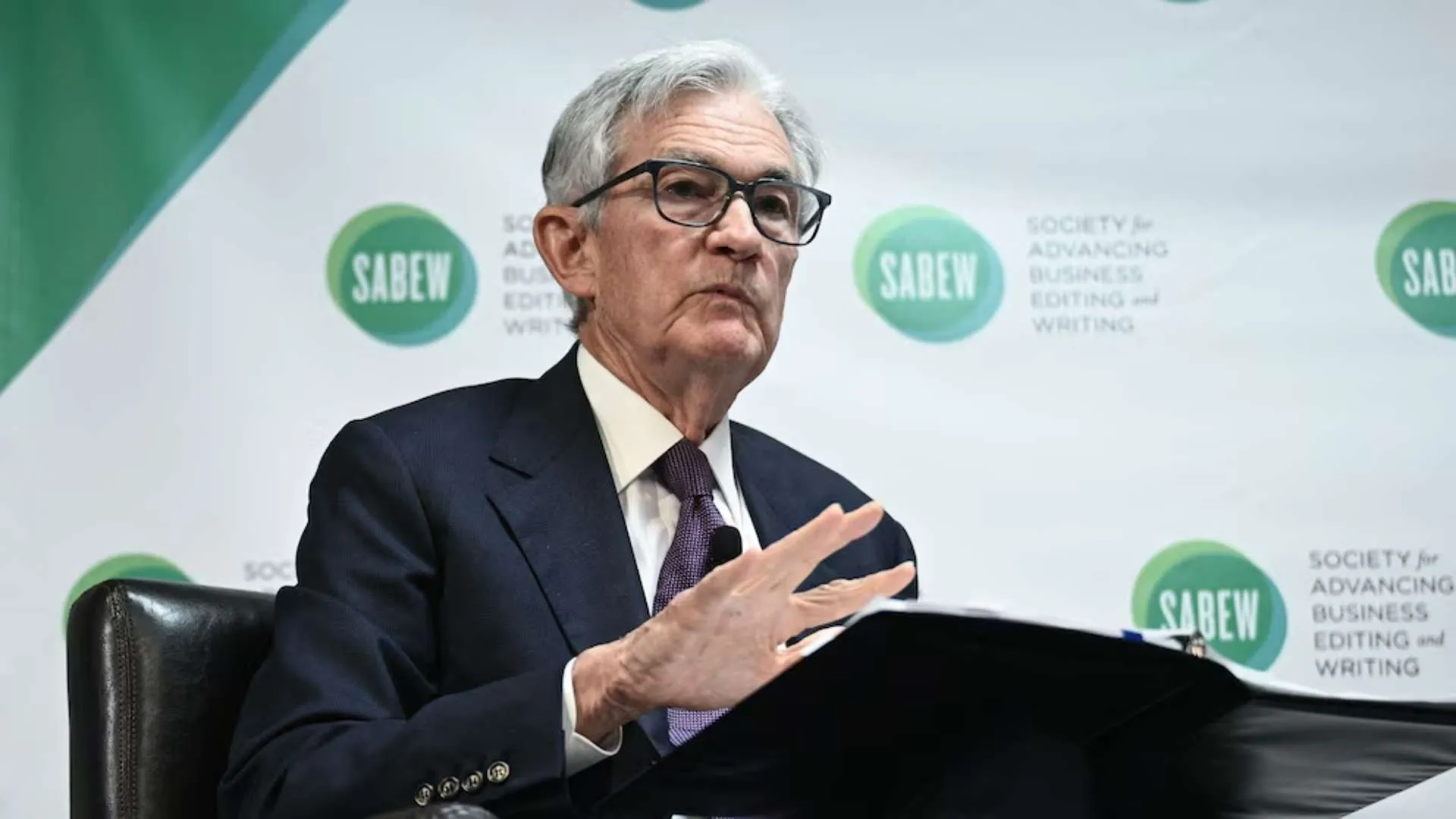Federal Reserve Chair Jerome Powell has acknowledged the difficult balancing act facing the U.S. economy as heightened uncertainty and trade policy concerns cloud the outlook for growth and inflation. Speaking at the Economic Club of Chicago, Powell outlined key considerations for the Federal Reserve, stressing the central bank’s ongoing efforts to manage inflation while navigating the risks posed by President Donald Trump’s tariffs.
Powell delved into specific areas of concern that could shape the future course of U.S. monetary policy. He addressed critical issues such as inflation, labor market trends, the impact of tariffs, and the broader economic implications that the Fed must carefully balance. Here are the five most important warnings Powell highlighted during his speech.
1. Economic Outlook Remains Solid Despite Uncertainty
Jerome Powell began by reaffirming the Federal Reserve’s focus on its dual mandate: achieving maximum employment and maintaining stable prices. He noted that despite significant risks and an uncertain economic environment, the U.S. economy remains in a relatively solid position. “The labor market is at or near maximum employment,” Powell remarked, citing the resilience of the labor market. However, he also acknowledged that inflation is still running slightly above the Fed’s 2% target, though it has notably decreased from the pandemic highs of mid-2022.
“We are always focused on the dual-mandate goals given to us by Congress: maximum employment and stable prices,” Powell said, setting the stage for his discussion on the complex interplay between inflation and economic growth.
2. Slowing Economic Growth in the First Quarter
Turning to the latest economic data, Jerome Powell offered a mixed picture of the economy’s performance. He highlighted the anticipated initial reading of the first-quarter GDP, which is expected to show a slowdown compared to the previous year’s strong growth. While strong motor vehicle sales are expected to provide a positive contribution, overall consumer spending growth has been modest. Additionally, Powell pointed to the role of increased imports in the first quarter, driven by businesses preparing for potential tariffs, as a drag on GDP growth.
“Surveys of households and businesses report a sharp decline in sentiment and elevated uncertainty about the outlook, largely reflecting trade policy concerns,” Powell observed. He emphasized that outside forecasts for the year had been revised downward, with many predicting a continued slowdown but still positive growth. The Fed remains vigilant, closely monitoring the evolving economic landscape.
3. Labor Market Shows Resilience, But Job Growth Slows
In discussing the labor market, Powell noted that job growth in the first three months of the year had slowed to an average of 150,000 jobs per month, down from the higher rates of the previous year. Despite this slowdown, Powell expressed confidence in the overall health of the labor market. He pointed to low levels of layoffs and a steady unemployment rate, which remain close to pre-pandemic levels. The ratio of job openings to unemployed job seekers remains above 1, indicating strong demand for workers.
“Wage growth has continued to moderate while still outpacing inflation,” Powell added, further underscoring that while the labor market is not a significant source of inflationary pressure, it continues to contribute positively to economic stability.
4. Inflation Still Above Target but Progress is Gradual
On the issue of inflation, Jerome Powell acknowledged that progress toward the Fed’s 2% inflation target has been slow but steady. He highlighted that while inflation has eased significantly from its pandemic peak in mid-2022, recent data still shows inflation running above the target. As of March, the total Personal Consumption Expenditures (PCE) price index rose 2.3% over the previous year, with core PCE, excluding volatile food and energy prices, increasing by 2.6%.
“Progress on inflation continues at a gradual pace,” Powell said. “But we are still above our 2 percent objective,” he acknowledged, suggesting that the Fed remains committed to its inflation targets while recognizing the ongoing challenges posed by external factors such as trade policies.
5. Balancing Inflation Control and Economic Growth Amid Tariff Risks
One of the central themes of Powell’s speech was the potential conflict between the Fed’s dual mandates—controlling inflation and supporting economic growth—especially in light of President Trump’s tariffs. Powell noted that the tariffs could exacerbate inflation, potentially pushing the Fed’s preferred inflation measure above the 2.7% range to as high as 4% or even 5%. However, he also emphasized the uncertainty surrounding the tariffs and their potential impact on economic growth.
“At the same time, we may find ourselves in the challenging scenario in which our dual mandate goals are in tension,” Powell stated. If the economy faces conflicting pressures, Powell indicated that the Fed would consider how far the economy is from its goals and how long it may take to resolve these gaps. “We would consider different horizons over which those respective gaps would be anticipated to close,” he explained, highlighting the Fed’s data-driven approach to policy adjustments.
Fed’s Patience on Rate Decisions
In line with the cautious tone of his speech, Jerome Powell suggested that the Federal Reserve was in a position to wait for greater clarity before making any changes to its policy stance. “For the time being, we are well positioned to wait for greater clarity before considering any adjustments to our policy stance,” Powell said, signaling that the central bank would monitor incoming data closely before deciding on any actions regarding interest rates.
Despite the potential for inflationary pressures from tariffs, Powell’s remarks indicated that the Fed would approach the situation with patience, focusing on long-term inflation expectations and economic stability.
Also Read: Trump’s Trade War Puts Fed In A Crisis It Hasn’t Seen In Decades, Warns Fed Chair Jerome Powell






















